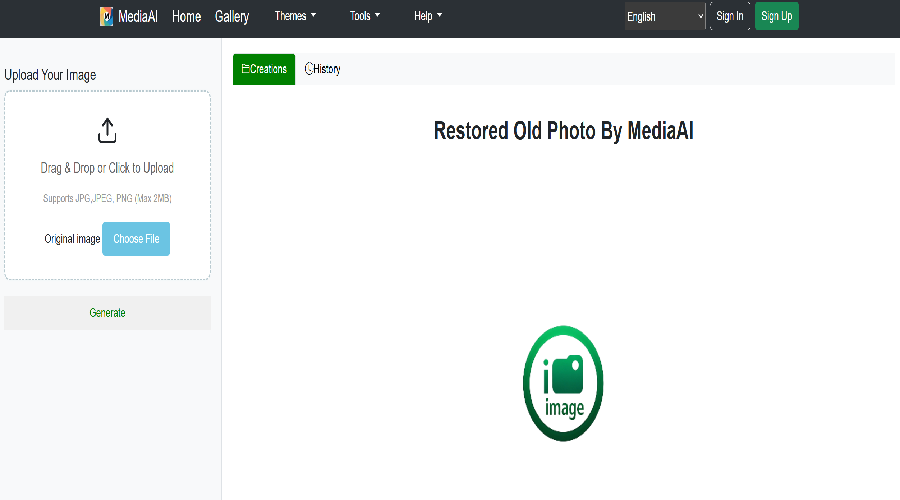The Timeless Art of Old Portrait Paintings
Introduction: Capturing History Through Portraits
Old portrait paintings serve as remarkable windows into the past, preserving not just likenesses but entire historical narratives. From Renaissance masters to 19th-century portraitists, these artworks document fashion, social status, and cultural values across centuries. For art enthusiasts and historians alike, studying old portraits offers invaluable insights into bygone eras.
At MediaAI's gallery, we celebrate this artistic tradition while exploring how modern technology can help preserve and reinterpret these historical treasures.
The Evolution of Portrait Painting Techniques
Early Methods and Materials
The earliest portrait paintings date back to ancient Egypt and Rome, but the art form truly flourished during the Renaissance. Key developments included:
- Tempera on wood panels (14th-15th centuries)
- Oil painting innovations by Van Eyck (15th century)
- Canvas as a preferred support (16th century onward)
- Development of portrait miniatures (16th-19th centuries)
Lighting and Composition
Master portrait painters developed sophisticated techniques to create depth and realism:
- Chiaroscuro (strong light-dark contrast)
- Three-quarter view positioning
- Symbolic background elements
- Careful attention to fabric textures
Famous Portrait Paintings and Their Stories

Iconic Works That Shaped Art History
Several portrait paintings have achieved legendary status:
- Mona Lisa by Leonardo da Vinci (1503-1519)
- Girl with a Pearl Earring by Vermeer (1665)
- The Arnolfini Portrait by Jan van Eyck (1434)
- Portrait of Madame X by John Singer Sargent (1884)
Preserving and Restoring Old Portraits
Common Conservation Challenges

Time takes its toll on old portrait paintings, presenting several preservation issues:
| Problem | Solution |
|---|---|
| Yellowed varnish | Professional cleaning and revarnishing |
| Paint flaking | Consolidation with adhesives |
| Canvas sagging | Re-stretching or lining |
| Fading pigments | Controlled lighting conditions |
Modern AI photo restoration techniques now complement traditional conservation methods, allowing for non-invasive analysis and digital reconstruction of damaged areas.
The Legacy of Portrait Painting in Modern Art
While photography largely replaced painted portraits in the 19th century, the tradition continues to influence contemporary artists. Many modern portrait painters deliberately reference historical techniques while incorporating current themes and styles.
For those interested in creating their own portrait art, our AI painting guide offers insights into blending traditional and digital techniques.
Conclusion: The Enduring Power of Portraiture
Old portrait paintings remain vital cultural artifacts that connect us to our shared human history. They document changing aesthetics, social structures, and individual personalities across centuries. As technology advances, new tools emerge to help preserve and study these works while inspiring fresh artistic interpretations.
Whether you're an art historian, collector, or simply an admirer of beautiful works, old portrait paintings offer endless opportunities for discovery and appreciation. For more insights into art preservation techniques, visit the Metropolitan Museum of Art's conservation department.
